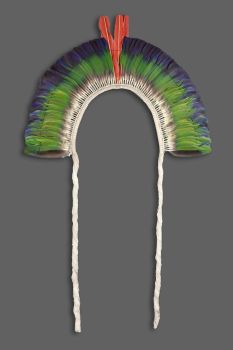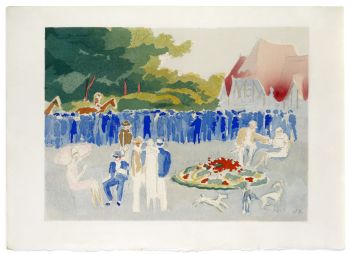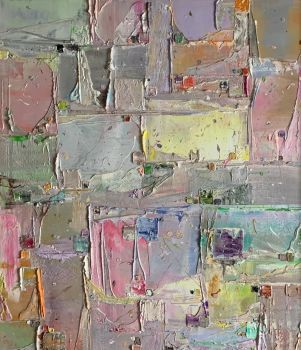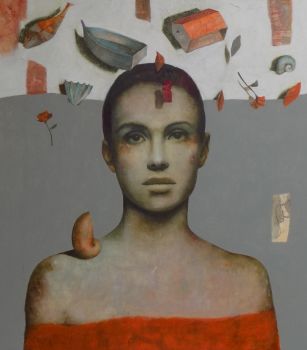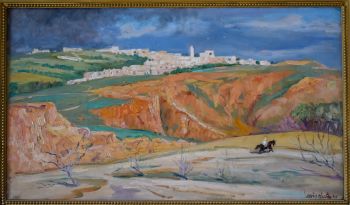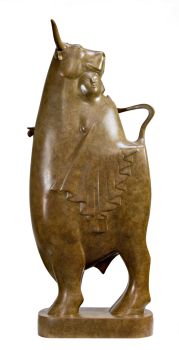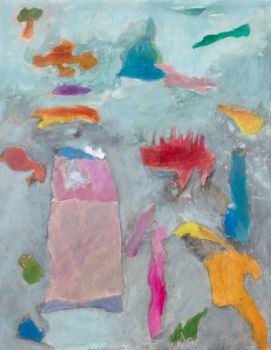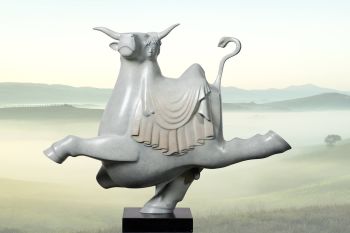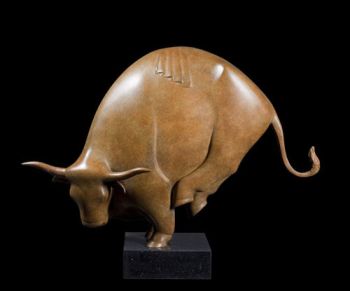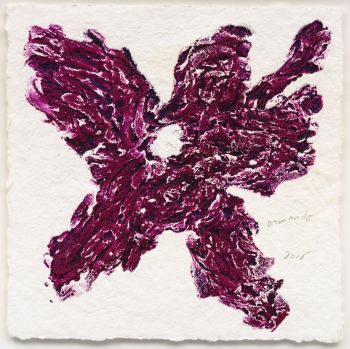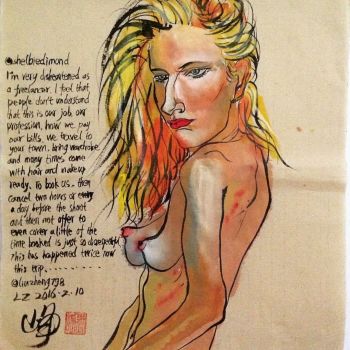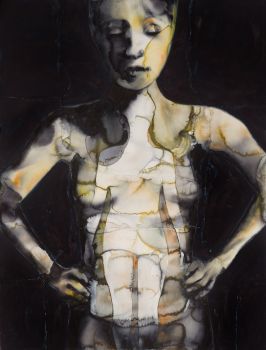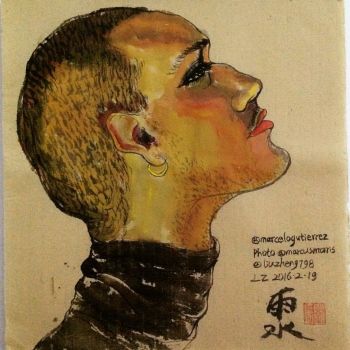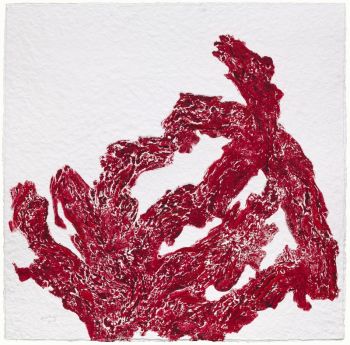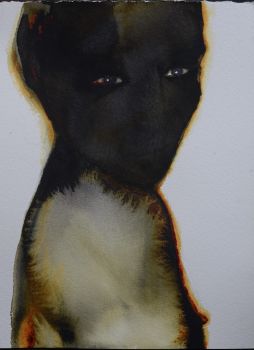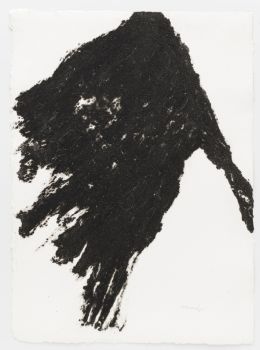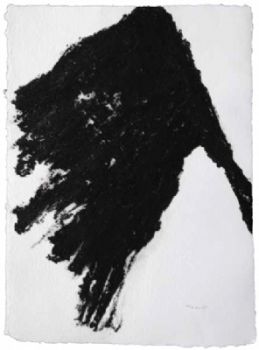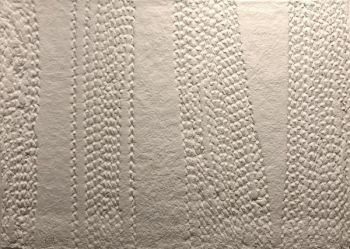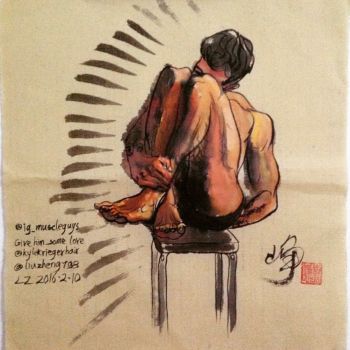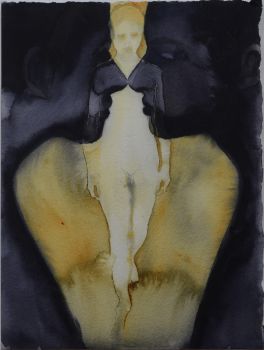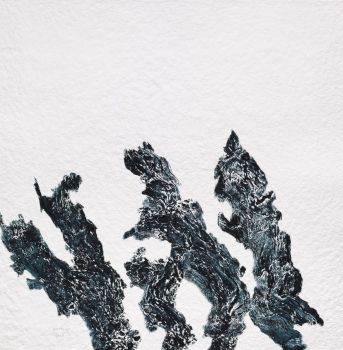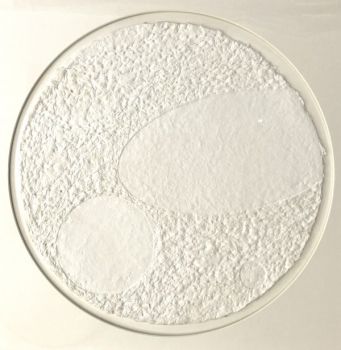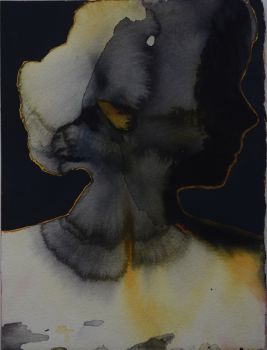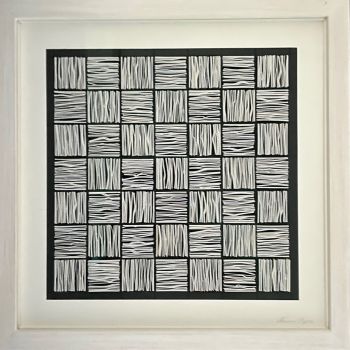Important account containing the earliest information on Darfur, written by the first European to d 1800
William George Browne
CartaCarta fatta a mano
Attualmente non disponibile tramite Gallerease
- A proposito di opere d'arteNieuwe reize naar de binnenste gedeelten van Afrika, door Egypte, Syrie en Le Dar-four, ... gedaan in den jaare 1792-1798.
Amsterdam, Johannes Allart, 1800.
2 volumes. 8vo. With 2 folding maps engraved by D. Veelwaard (ca. 32 x 24 cm and 43 x 40 cm), a woodcut of a pyramid and some tables in text.
Modern half vellum.
The rare Dutch translation of an important work, containing the earliest information on Darfur (Sudan).
William George Browne (1768-1813), ''inspired by Bruce's travels, went to Egypt in 1792 hoping to explore the oases in the eastern Sahara and to journey to the source of the White Nile. He reached El Fashur in Darfur and was the first Englishman to explore the temple of Jupiter Ammon at the Oasis of Siwa. These deserts were not explored again until 1848 when Bayle St. John travelled through them. Browne was the first European to describe Darfur, which he reached with a Sudanese caravan in 1793. He was imprisoned there by the Sultan of Darfur. In 1796 he reached Egypt again by caravan and eventually returned to England via Syria and Constantinople. From 1800 to 1802 Browne travelled again in Turkey and the Levant. Some information gained at that time was published in Walpole's Memoirs. In 1812 he left England with the intention of travelling through Persia to Tartary, but was murdered by bandits in Persia'' (Blackmer).
The maps show Darfur and the route of the Sudanese caravan travelling from Egypt to Darfur as well as the tracks (of which one coloured) for slave traders from Darfur to surrounding countries.
In very good condition and wholly untrimmed, with owner's stamp on both title-pages. Scarce Dutch translation of an important work containing the earliest information on Darfur.
Cox I, p. 394; Howgego, to 1800, B170; Ibrahim-Hilmy I, p. 91; cf: Atabey 156; Blackmer 219-220. - A proposito di opere artistaWilliam George Browne (1768, Londra – 1813, Iran) è stato un viaggiatore britannico in Africa centrale e in Medio Oriente. Ha studiato all'Oriel College di Oxford. Quando lasciò l'università, volle dedicarsi alle attività letterarie ma presto decise di essere esploratore in Centrafrica. Nel 1792 arrivò ad Alessandria d'Egitto e visitò l'Oasi di Siwa, celebre per il tempio dell'oracolo di Zeus Ammon. Durante questo anno ha studiato l'arabo ed ha esaminato le antiche rovine in Egitto. Nel 1793 partì per il Darfur, sultanato musulmano, oggi parte del Sudan. Browne è stato il primo europeo a descrivere il Darfur. Fu preso con la forza in custodia dal sultano e soffrì molte difficoltà. Gli fu permesso di tornare in Egitto nel 1796. Poi rimase un anno in Siria e arrivò a Lonon nel 1798. Dal 1800 al 1802 Browne trascorse tre anni in Grecia, Asia Minore e Sicilia. Nel 1812 intendeva recarsi dall'Inghilterra alla città di Samarcanda, ora in Uzbekistan, ma fu assassinato dai ladri sulla strada da Tabriz a Teheran. Browne pubblicò i suoi Viaggi in Africa, Egitto e Siria (dagli anni 1792 al 1798) nel 1799 (edizione ampliata 1806). Le sue opere, scritte in uno stile asciutto, danno un'immagine positiva della cultura islamica.
Artwork details
Categoria
Soggetto
Materiale e Tecnica
Related artworks
Antonie Derkinderen
Memory book Exhibition of Dutch Painting1892
Prezzo su richiestaKunsthandel Pygmalion
Engelbert Kaempfer
IL LIBRO DI ENGELBERT KAEMPFER1651 - 1716
Prezzo su richiestaZebregs & Röell - Fine Art - Antiques
Tilmanus Nicolaus Maastricht
Missale Romanum con fornimenti d'argento olandesi1788 - 1792
Prezzo su richiestaJacob J. Roosjen SRI
Yoko Ono
YOKO ONO: "ARISING" SIGNED BOOK PLUS SMALL ARTWORK 2010 - 2014
Prezzo su richiestaGallerease Selected
Antonie Derkinderen
Memory book Exhibition of Dutch Painting1892
Prezzo su richiestaKunsthandel Pygmalion
Hermann Nitsch
"UNDER MY SKIN" Signed book incl. small artwork and DVD in a matching box2010 - 2014
Prezzo su richiestaGallerease Selected
LAWRENCE WEINER
"SKIMMING THE WATER [MENAGE A QUATRE]" Signed book plus small artwork2010 - 2014
Prezzo su richiestaGallerease Selected
1 - 4 / 22Artista Sconosciuto
UN COPPETTO DI PIUME DELLA TRIB JURUNA1900 - 1950
Prezzo su richiestaZebregs & Röell - Fine Art - Antiques
1 - 4 / 24- 1 - 4 / 24

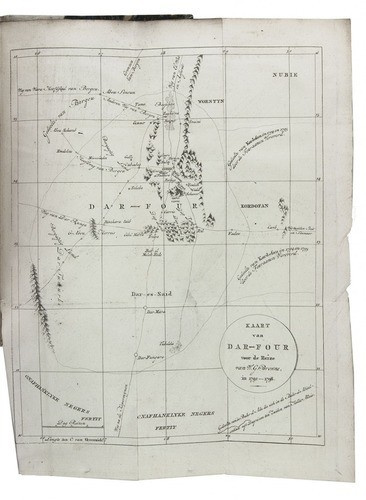




















!["SKIMMING THE WATER [MENAGE A QUATRE]" Signed book plus small artwork by LAWRENCE WEINER](https://media-2.gallerease.com/images/442bfd5f-fc31-4e18-a2fa-ee0c08eade64/350x350/skimming-the-water-menage-a-quatre-signed-book-plus-small-artwork.jpg)


